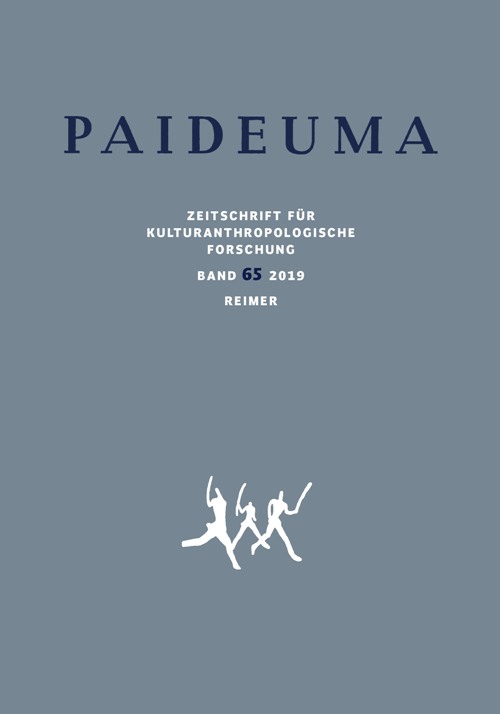Die Berliner Gesellschaft für Anthropologie, Ethnologie und Urgeschichte und ihr wissenschaftliches Netzwerk zwischen 1869 und 1920
Abstract
The Berliner Gesellschaft für Anthropologie, Ethnologie und Urgeschichte (BGAEU) united very different disciplines, which were expanded and institutionalised by naturalists and physicians in the course of the nineteenth century. In ethnology the BGAEU had a central role in founding the Zeitschrift für Ethnologie and the Museum für Völkerkunde in Berlin. Above all, it worked for the development of an international scientific network through which information, photographs and objects were added to the Berlin collections. The peak of its activities came in the years just before the First World War. Its members, most of whom were medical doctors, met in monthly sessions where they exchanged information, lectured, and presented collections. Through its large library, the BGAEU also had a broad impact on a wider audience. Some of its members were involved in the activities of the German colonial empire, taking part in mainly archaeological excursions and visiting the then frequently held ‘Völkerschauen’. The BGAEU played a decisive role in establishing the disciplines it represented at universities and museums.
Downloads
Veröffentlicht
Ausgabe
Rubrik
Lizenz
Copyright (c) 2023 Paideuma

Dieses Werk steht unter der Lizenz Creative Commons Namensnennung - Weitergabe unter gleichen Bedingungen 4.0 International.
Dieses Werk steht unter der Lizenz Creative Commons Namensnennung - Weitergabe unter gleichen Bedingungen 4.0.






